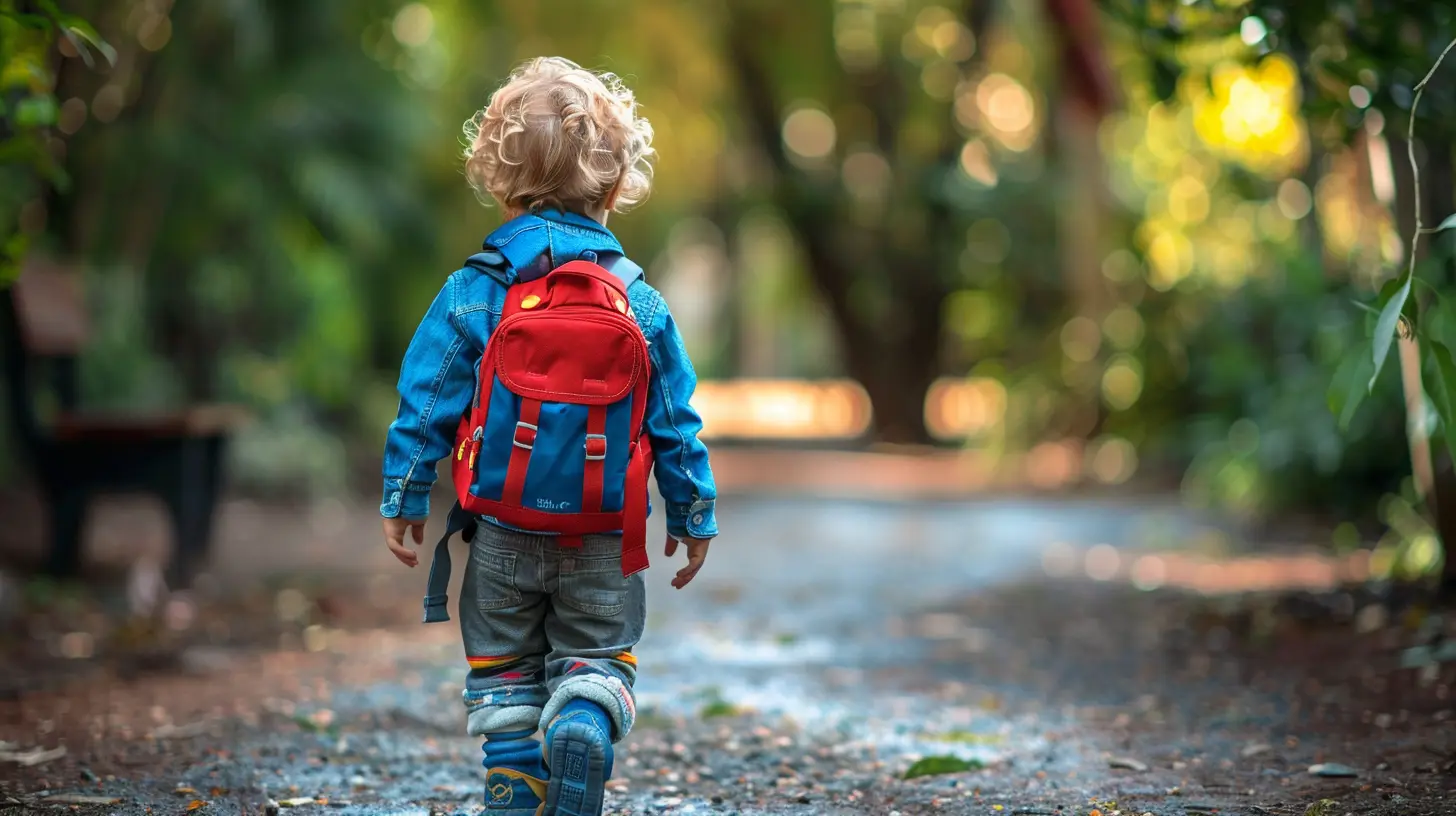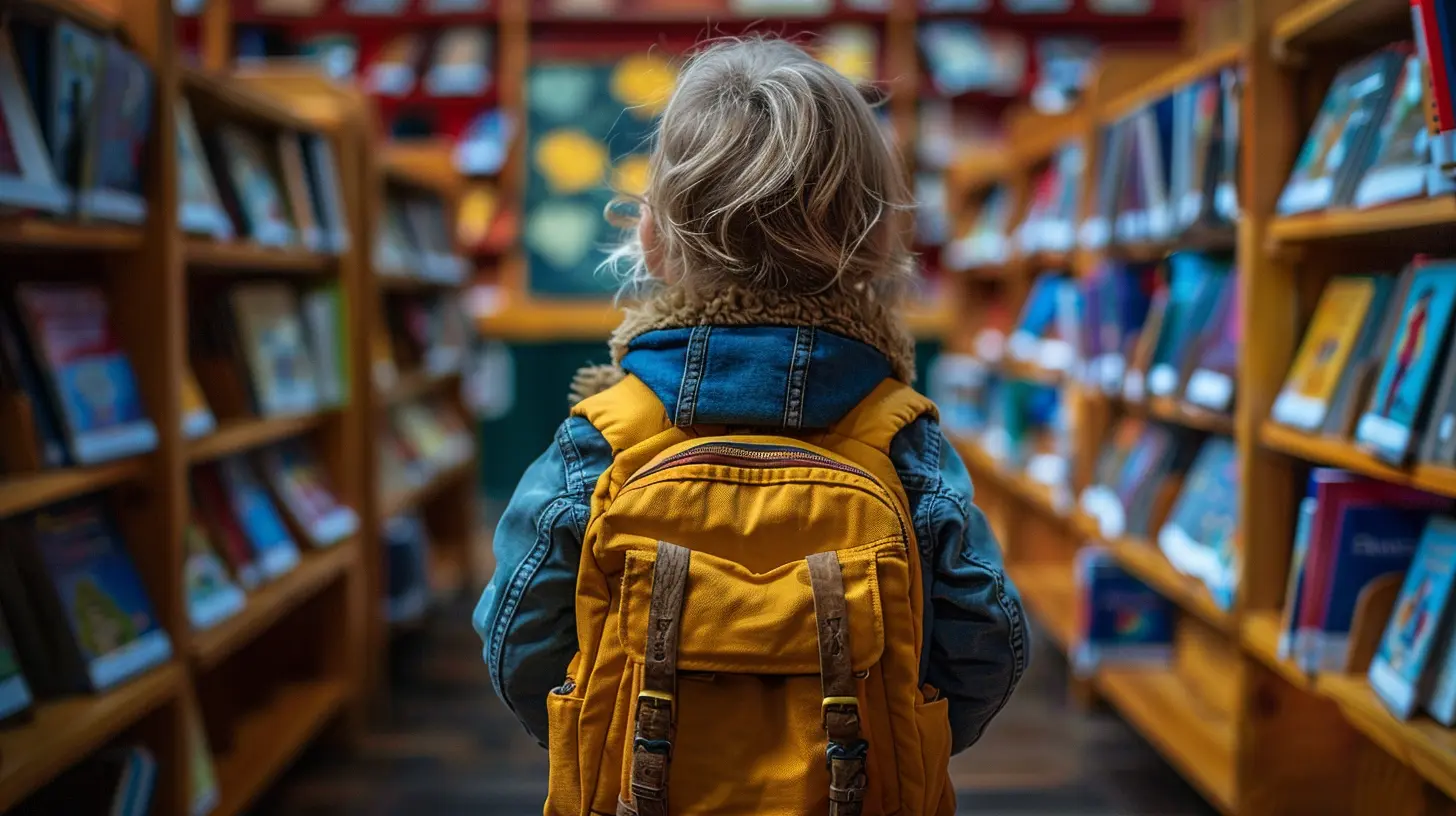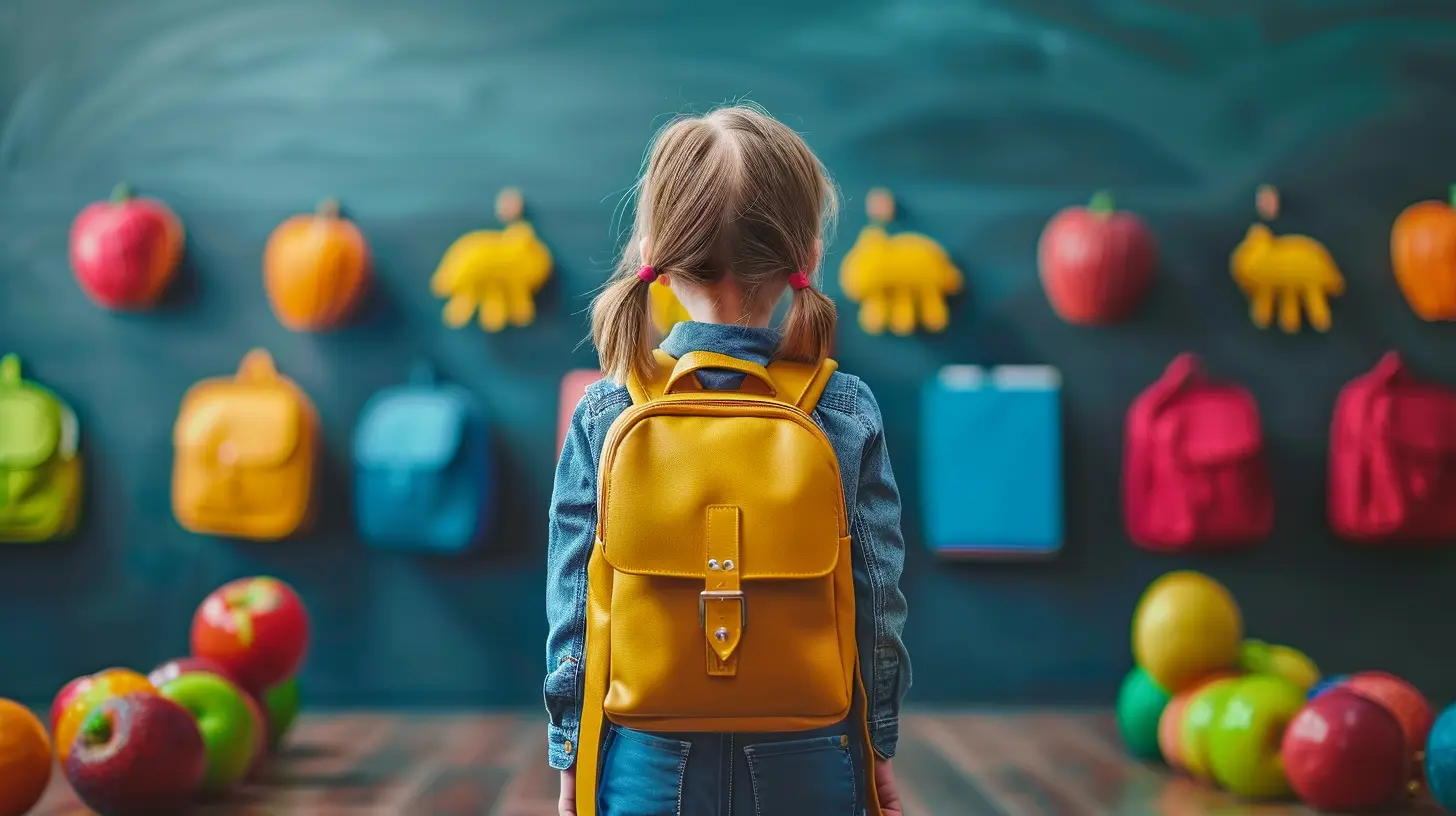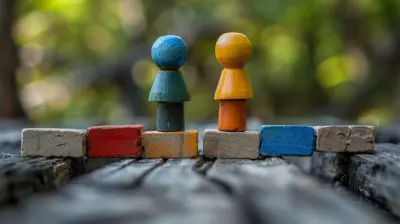Understanding What Teachers Expect from Kindergarteners
14 June 2025
Starting kindergarten is a big step—not just for kids, but for parents too. It’s the beginning of your child’s formal education journey, and naturally, you want to make sure they’re ready to shine. But here’s a little secret many parents don’t realize until they’re smack in the middle of registration: Kindergarten today isn’t exactly what it used to be.
Gone are the days when kindergarten was all about naps, storytime, and finger painting (though those still happen, thankfully). These days, kindergarten classrooms are filled with curious little learners being introduced to academic, social, and emotional challenges that set the stage for the rest of their school years.
So, what exactly do teachers expect from kindergarteners? Let’s pull back the curtain and break it down together.
Why Understanding Expectations Matters
Before we dive into the list, let’s pause for a second. Why should you even care what teachers expect?Because being prepared helps ease the transition. The more your child is ready—socially, emotionally, and academically—the smoother their experience will be. And let's face it, a smooth start means less stress for everyone (including you).
Think of it like packing for a trip. If you know it’s going to rain, you bring an umbrella. If you know what teachers are hoping to see, you can help your child practice those skills now—before they even set foot in the classroom.
Academic Expectations: It's More Than Just the ABCs
1. Basic Literacy Skills
Kindergarten teachers don’t expect your child to read novels, of course, but being familiar with certain literacy basics is a big plus. Here’s what teachers typically hope to see:- Recognizing and naming some (or all) letters of the alphabet
- Understanding that letters make sounds and sounds form words
- Knowing how to write their name (first name is usually enough)
- Listening attentively to stories and retelling parts in their own words
- Holding a book properly and turning pages from front to back
It’s all about building a strong foundation. Think of literacy skills like the roots of a tree. The stronger they are, the better your child can grow.
2. Foundational Math Skills
No, they’re not whipping out calculators just yet. But early math concepts are definitely on the radar, such as:- Counting to 10 (and recognizing numbers)
- Sorting objects by size, shape, or color
- Understanding simple patterns (like red-blue-red-blue)
- Basic comparisons—bigger vs. smaller, more vs. less
You can make math fun at home without even trying. Ever asked your child to help you set the table? Boom—counting practice. Sorted laundry by color? That’s categorization right there.
3. Fine Motor Skills
While not traditionally considered “academic,” fine motor skills are essential. Why? Because kids need them to do things like hold a pencil, use scissors, or open lunch containers without help.Here’s what teachers appreciate:
- Correct pencil grip (or close to it)
- Cutting along lines with child-safe scissors
- Coloring inside lines (or at least trying)
- Gluing without making a giant gooey mess
Practice these at home through arts and crafts, playdough, or activities like lacing beads or picking up tiny objects.
Social Expectations: Learning to Be Part of a Group
1. Following Directions
In a classroom, one teacher is guiding 20+ children. So listening and following directions is a must. Teachers look for kids who can:- Follow one- and two-step directions (e.g., “Put your folder in your backpack and come sit on the rug.”)
- Wait their turn to speak or act
- Transition from one activity to another with minimal fuss
Practice this at home by giving small, clear tasks and praising your child when they follow through.
2. Sharing and Taking Turns
Let’s be real—this can be a tough skill for five-year-olds. But working and playing with others is a huge part of kindergarten. Teachers want to see that children can:- Take turns in games or conversations
- Share toys and materials
- Respect other kids’ space and belongings
You can support this at home with interactive games, playdates, or even sibling time. Board games are great for reinforcing turn-taking without it feeling like a lesson.
3. Handling Big Emotions
Kindergarteners are still learning how to manage their feelings. Teachers don’t expect perfection, but they do look for children who can:- Express emotions with words (“I’m sad because…”)
- Begin to use coping strategies like taking deep breaths or asking for help
- Recover from disappointment or frustration (e.g., losing a game or not getting picked)
Talk about feelings openly at home. Normalize them. Make your house a safe emotional lab where your child can practice handling life’s little upsets.
Practical Life Skills: The Everyday Stuff That Makes a Big Difference
Sometimes, the smallest skills make the biggest difference in the classroom. Imagine 20 kids who all need help zipping coats or tying shoes—yikes. Teachers really appreciate it when kids walk in with a few basic self-help skills:- Using the bathroom independently (and washing hands after)
- Opening their own lunch/snack containers
- Putting on and taking off jackets or backpacks
- Cleaning up after themselves (to a reasonable degree)
You don’t have to train your child to be hyper-independent, but encouraging these habits will boost their confidence and free up teachers to focus more on learning.
Emotional Readiness: Confidence and Curiosity Matter
1. Separation from Parents
This might be one of the toughest parts—for both of you. But kids who can say goodbye without a meltdown (after the first few days, at least) have an easier time adjusting.Practice short separations now, if you haven’t already. Leave them with a trusted family member or babysitter. Help them see that when you leave, you always come back. That builds trust and resilience.
2. Trying New Things
Teachers love seeing little ones who are curious and open to new experiences. Kindergarten is full of firsts—first buses, first friends, first assemblies. Kids with a little adventurous spirit tend to adapt better.Foster this by encouraging your child to try new foods, visit new places, or play new games. Celebrate their bravery, even when the goal isn’t perfect.
What Kindergarten Teachers Want Parents to Know
Let’s flip the script for a second—what do teachers want from you, the parent?1. Communication is Key
Stay in touch, but respect boundaries. Teachers appreciate parents who check in, ask questions, and stay informed without micromanaging. Use whatever communication tools your child’s school provides, whether that’s email, notes, or parent-teacher apps.2. Support Without Pressure
It’s tempting to push kids to excel, but kindergarten isn’t a race. Teachers want your child to be engaged, not anxious. Focus on supporting rather than pushing. Encourage effort over perfection.3. Reinforce Learning at Home
You don’t need to recreate a classroom in your kitchen, but do make learning part of life. Read together every day. Count steps as you walk. Talk about colors, shapes, weather, whatever! These little things go a long way.How to Prepare Your Child for Kindergarten: A To-Do List
Still with me? Awesome. Here’s a simple checklist to help your child start off right:- ✅ Practice writing their name
- ✅ Learn to recognize letters and numbers
- ✅ Read books together regularly
- ✅ Practice sharing and taking turns during playtime
- ✅ Work on self-help skills like dressing and using the bathroom
- ✅ Talk about school in a positive, exciting way
- ✅ Establish a consistent bedtime routine (sleep is EVERYTHING)
- ✅ Visit the school ahead of time if possible
- ✅ Meet the teacher and explore the classroom
- ✅ Encourage a growth mindset: “It’s okay not to know—let’s learn!”
Final Thoughts: Let Your Child Be a Child—With Support
It’s easy to get caught up in checklists and milestones, but don’t forget: your child is still a child. They’ll learn, grow, fumble, and flourish at their own pace. Teachers don’t expect perfection—they expect potential.Your job isn’t to make your child the smartest, fastest, or most advanced kindergartener. It’s to help them feel safe, curious, and ready to try.
So take a deep breath. Hug your little one tight. And embrace this next chapter with confidence. You’ve got this. And so do they.
all images in this post were generated using AI tools
Category:
School ReadinessAuthor:

Max Shaffer
Discussion
rate this article
2 comments
Jessamine Conrad
As a parent, it’s comforting to know that teachers look for curiosity, social skills, and a willingness to learn in our little ones. Understanding their expectations helps us support our kids at home. Together, we can nurture their growth and make this transition a positive experience for everyone!
June 17, 2025 at 4:15 AM

Max Shaffer
Thank you for your thoughtful response! Collaborating with parents is key to fostering a positive learning environment for our children. Together, we can support their growth and curiosity!
Caelum McCartney
Great article! Understanding teacher expectations helps parents support their kindergarteners' transition. Clear communication between home and school is key to fostering a positive learning environment. Thanks for sharing!
June 14, 2025 at 3:00 PM

Max Shaffer
Thank you for your thoughtful comment! I'm glad you found the article helpful in supporting parents during their kindergarteners' transition. Clear communication truly makes a difference!


